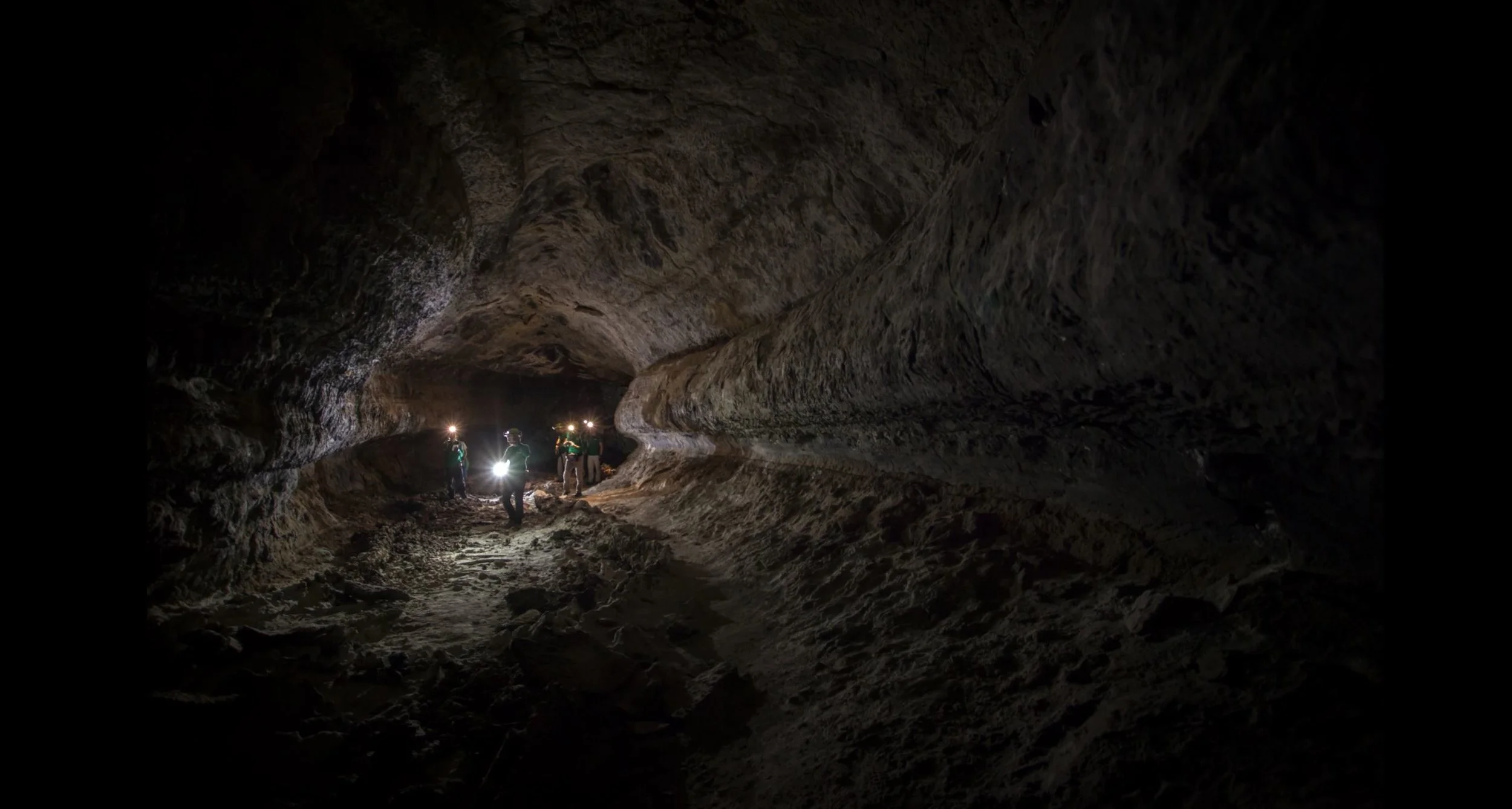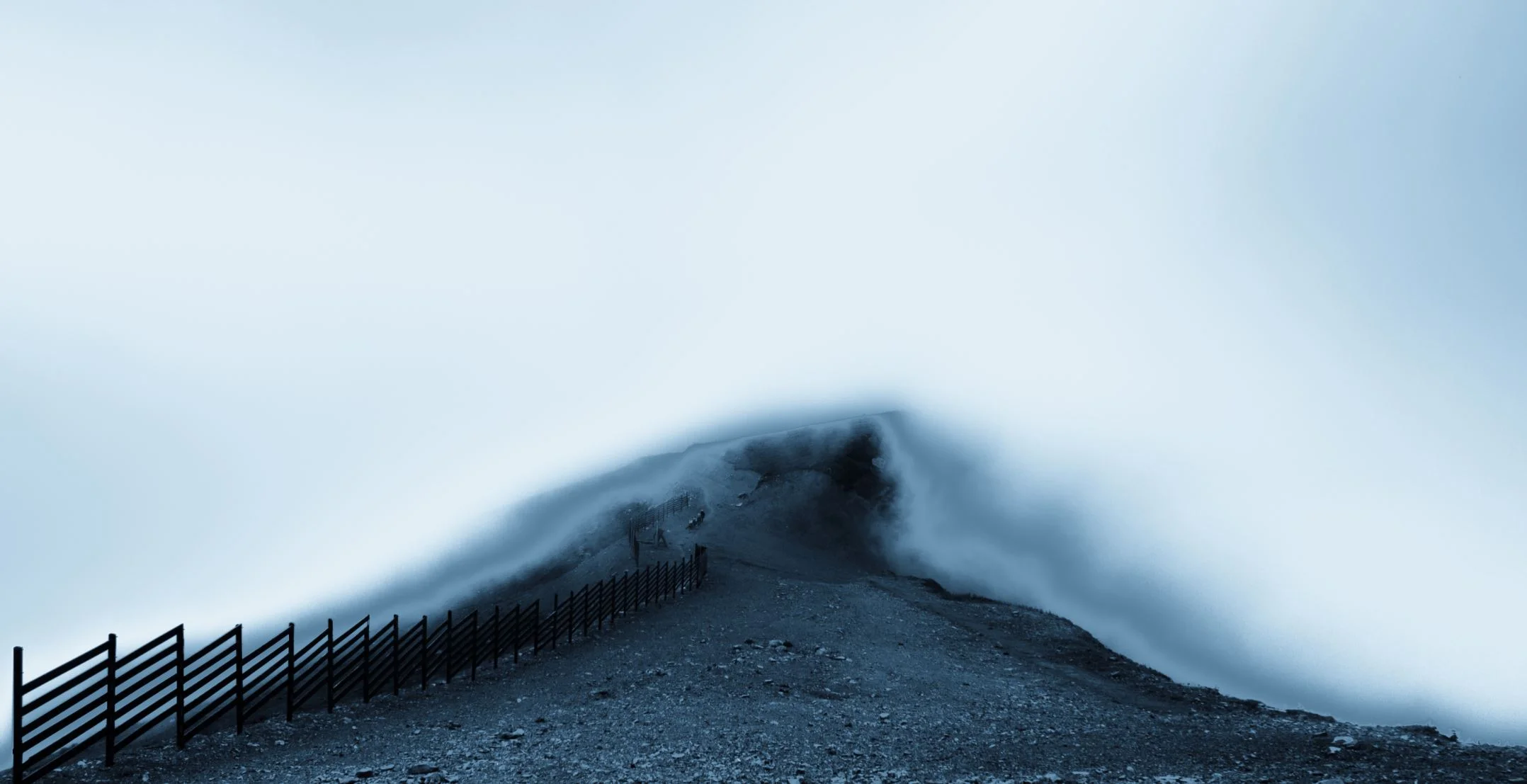Most people think eating pasta will lead to weight-gain, but a recent study found otherwise. It’s no suprise such a conclusion made headlines.
Health check: why do we get muscle cramps?
Explainer: how do we make hydrogen from coal, and is it really a clean fuel?
What in the World is an ‘Exoplanet?’
Supercontinent formation may be linked to a cycle of supertides
Earth’s crust is made up of fractured slabs of rock, like a broken shell on an egg. These plates move around at speeds of about 5cm per year – and eventually this movement brings all the continents together and form what is known as a supercontinent. The last supercontinent on Earth was Pangaea, which existed between 300-180m years ago.
Living underground on other worlds. Exploring lava tubes
‘Junk DNA’ isn’t so useless after all
Io afire with volcanoes under Juno’s gaze
Volcanic activity on Io was discovered by Voyager 1 imaging scientist Linda Morabito. She spotted a little bump on Io’s limb while analyzing a Voyager image and thought at first it was an undiscovered moon. Moments later she realized that wasn’t possible — it would have been seen by earthbound telescopes long ago. Morabito and the Voyager team soon came to realize they were seeing a volcanic plume rising 190 miles (300 km) off the surface of Io. It was the first time in history that an active volcano had been detected beyond the Earth.
Mining the moon for rocket fuel to get us to Mars
Simulated View of a Newly Forming Planetary System with Rings and Gaps
When searching for extra-solar planets, astronomers most often rely on a number of indirect techniques. Of these, the Transit Method (aka. Transit Photometry) and the Radial Velocity Method(aka. Doppler Spectroscopy) are the two most effective and reliable (especially when used in combination). Unfortunately, direct imaging is rare since it is very difficult to spot a faint exoplanet amidst the glare of its host star.
The evolutionary advantage of having eyebrows
Look up – it’s a satellite!
Could there be life in the cloud tops of Venus?
In the search for life beyond Earth, scientists have turned up some very interesting possibilities and clues. On Mars, there are currently eight functioning robotic missions on the surface of or in orbit investigating the possibility of past (and possibly present) microbial life. Multiple missions are also being planned to explore moons like Titan, Europa, and Enceladus for signs of methanogenic or extreme life.
Study suggests the elusive ‘neutrino’ could make up a significant part of dark matter
Physicists trying to understand the fundamental structure of nature rely on consistent theoretical frameworks that can explain what we see and simultaneously make predictions that we can test. On the smallest scale of elementary particles, the standard model of particle physics provides the basis of our understanding.
NASA simulates their Orion Abort System. Now that would be a crazy ride
When it comes time for NASA to send astronauts back to the Moon and on to Mars, a number of new spacecraft systems will come into play. These include the Space Launch System (SLS), the most powerful rocket ever built, and the Orion Multi-Purpose Crew Vehicle (MPCV) – a next-generation spacecraft that will carry crews beyond Low Earth Orbit (LEO).
Astronomers may have just discovered a dozen black holes in the center of our galaxy
Astronomers first noticed an enigmatic object, dubbed “Sagittarius A*”, at the very heart of our Milky Way galaxy in the 1960s – the earliest days of radio and infrared astronomy. But just how extraordinary this source was only became clear three decades later, when it was identified as a supermassive black hole with the mass of whopping four million suns.
How brain stimulation can boost memory if paired with learning
In 47 CE, Scribonius Largus, court physician to the Roman emperor Claudius, described in his Compositiones a method for treating chronic migraines: place torpedo fish on the scalps of patients to ease their pain with electric shocks. Largus was on the right path; our brains are comprised of electrical signals that influence how brain cells communicate with each other and in turn affect cognitive processes such as memory, emotion and attention.
It’s not my fault, my brain implant made me do it
Mr. B loves Johnny Cash, except when he doesn’t. Mr. X has watched his doctors morph into Italian chefs right before his eyes. The link between the two? Both Mr. B and Mr. X received deep brain stimulation (DBS), a procedure involving an implant that sends electric impulses to specific targets in the brain to alter neural activity. While brain implants aim to treat neural dysfunction, cases like these demonstrate that they may influence an individual’s perception of the world and behavior in undesired ways.
Our dreams have many purposes, changing across the lifespan
Although radically different in terms of their content and feel, the range of dream states are just as complex as waking states. If we look across an individual’s lifetime, we find that children’s dreams are very different from adults’ dreams. Children tend to dream of emotional interactions with family members, friends and scary animals, while adults dream of other adults. Dreams of young adults are filled with social interactions between the dreamer and current friends and significant others. Men’s dreams differ substantially from women’s dreams, with women dreaming equally often of men and women, and men dreaming more often about other men. Older adults tend to dream more about creative works, legacies and enduring concerns, while the dreams of dying people are filled with numbers of supernatural agents, other-worldly settings and images of reunions with a loved one who has died. Dreams that transport the child into the social world of his caretakers during early life gently escort the dreamer into the arms of his loved ones when life is nearing an end. Dreams accompany us literally from the cradle to the grave.
Space weather threatens high-tech life
Shortly after 4 a.m. on a crisp, cloudless September morning in 1859, the sky above what is currently Colorado erupted in bright red and green colors. Fooled by the brightness into thinking it was an early dawn, gold-rush miners in the mountainous region of what was then called the Kansas Territory woke up and started making breakfast. What happened in more developed regions was even more disorienting, and carries a warning for the wired high-tech world of the 21st century.














